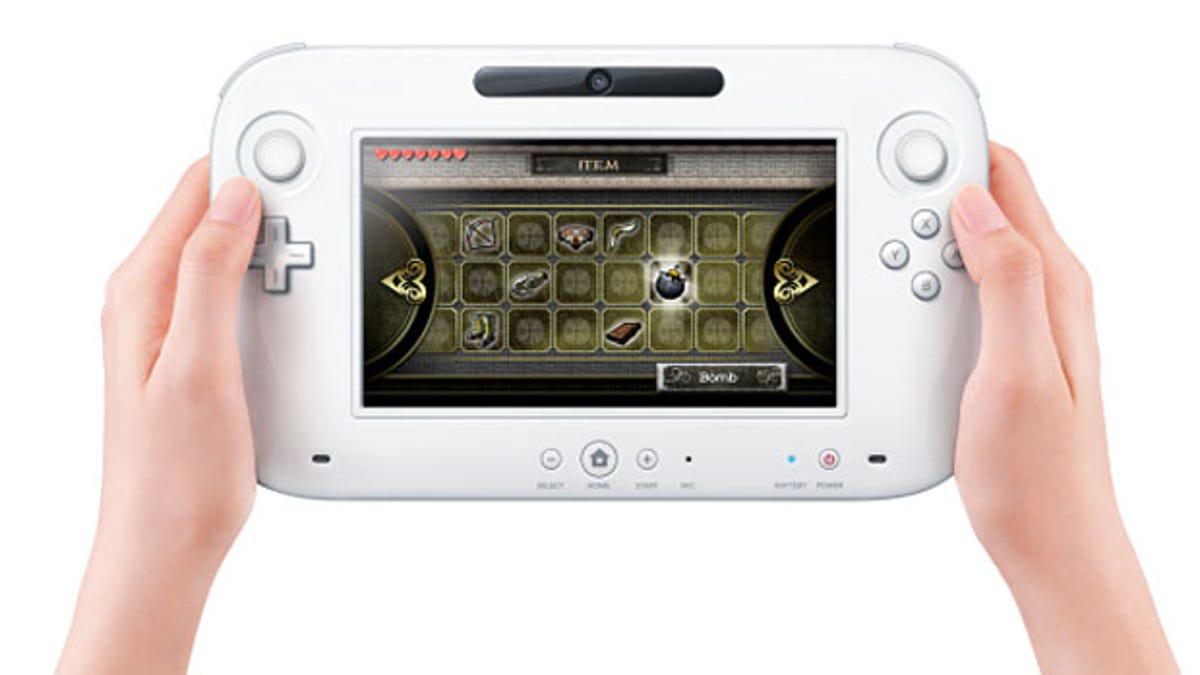E3 2011: Nintendo Wii U, Sony Vita, and the dangers of complexity
The next generation of console hardware is adding buttons and features at an alarming rate. Will that scare off casual gamers?

LOS ANGELES--The biggest single story from E3 2011 is easily Nintendo's Wii U, the sequel to the best-selling Wii console, with Sony's PlayStation Vita a close second. Both devices were broadly hinted at before (with the Vita previewed earlier under the codename NGP), but this week counts as the official coming out party for both hardware devices.
Both the Wii U and Vita boast impressive features. In fact, both have touch screens, dual analog sticks, and some form of TV-to-portable-screen functionality. But, both are also going against the conventional wisdom of recent tech hardware, adding layers of complexity to devices that arguably should be made as simple as possible.
The appeal of the Nintendo Wii was its simplicity. Nongamers could pick up a wand, swing it around, and be playing a game with a bare minimum of button presses. There were more-advanced options available as needed, with plenty of buttons on the Wii wand and the optional nunchuck controller accessory, but playing Wii Sports or other mainstream-friendly games rarely required that.
The Wii U controller, in contrast, has dual analog sticks, two trigger buttons, a D-pad, and a touch screen--as well as a variety of potentially complex ways for the controller screen to interact with the console and the TV. It may not be the most complex game controller of all time, but compared with the stripped-down simplicity of the Wii wand, there's definitely potential to intimidate the very same mainstream audience that made the Wii a surprise hit in the first place.
Related links
• Hands-on with Wii U tablet and games
• Why isn't Apple at E3?
• E3 2011: Complete coverage
The Sony PlayStation Vita feels similarly cluttered, with dual control sticks, a touch screen, a separate touch pad on the back, and games that can use different combinations of stick controls, touch-screen input, or a gyroscope. The hardware and some of the software looks impressive, to be sure, but there's clearly going to be a learning curve there, even for longtime PSP players.
These two examples stand in stark contrast to what is arguably the fastest growing game platform, Apple's iOS, and the iPad, iPod Touch, and iPhone. These devices have a single physical button and a touch screen, and that's it. Game designers are free to create whatever kind of onscreen buttons and controls they want, and some do a good job of keeping it simple, whereas others clutter up the screen with too much information and too many controls. Despite this stripped-down design aesthetic, these devices manage to do gaming, entertainment playback, and social media, without making the hardware too complicated.
Both the Wii U and Vita have a lot of potential, and it's almost certain both will sell well, and have plenty of fans. However, the real danger remains that Nintendo and Sony are backing themselves into a corner of complexity, and the legions of Wii-playing grandparents and other nongamers will find themselves intimidated by all the buttons, sticks, and triggers.
What do you think? Does the Vita try to do too much? Is Nintendo at risk of scaring away the family audience it so deftly captured with the Wii? Let us know in the comments section below.

